Recent Posts
The Evils Of Feminism And SJW | episode 155
The Evils Of Feminism And SJW | episode 155 This week I am joined by my co host Couch Potato Mike again. We have a fun rant about the […]
Listener Questions and Answers | episode 154
Listener Questions and Answers | episode 154 This week I tackle Listener Questions. I have questions on dealing with the community during a SHTF. What are some non-prepper skills to […]
Lessons From Near Human Extinction Events| episode 153
Lessons From Near Human Extinction Events| episode 153 This week I talk about the Lessons From Near Human Extinction Events. Science Has found evidence that at least five times […]
Ways To Avoid Paying Taxes | episode 152
Ways To Avoid Paying Taxes | episode 152 This week I share a few ways to Avoid paying taxes. I don’t just mean the IRS taxes but several of the […]
How To Preserve Fruits And Vegetables | episode 151
How To Preserve Fruits And Vegetables | episode 151 This week I have an episode all about How to preserve fruits and vegetables. The last episode was all about […]





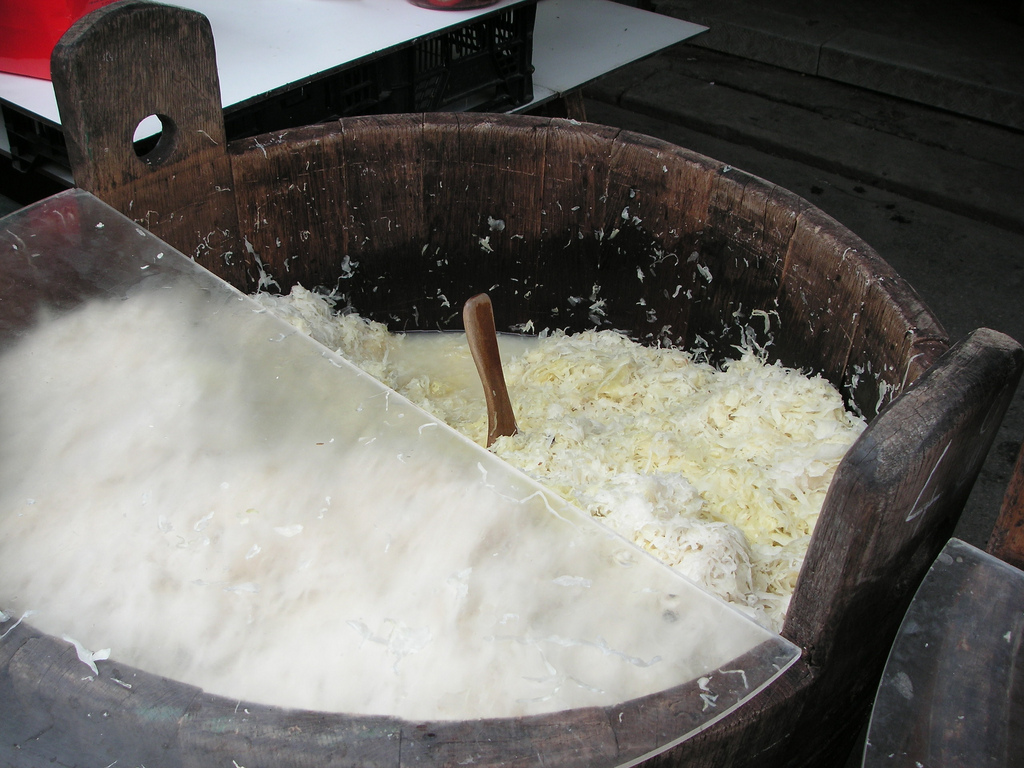

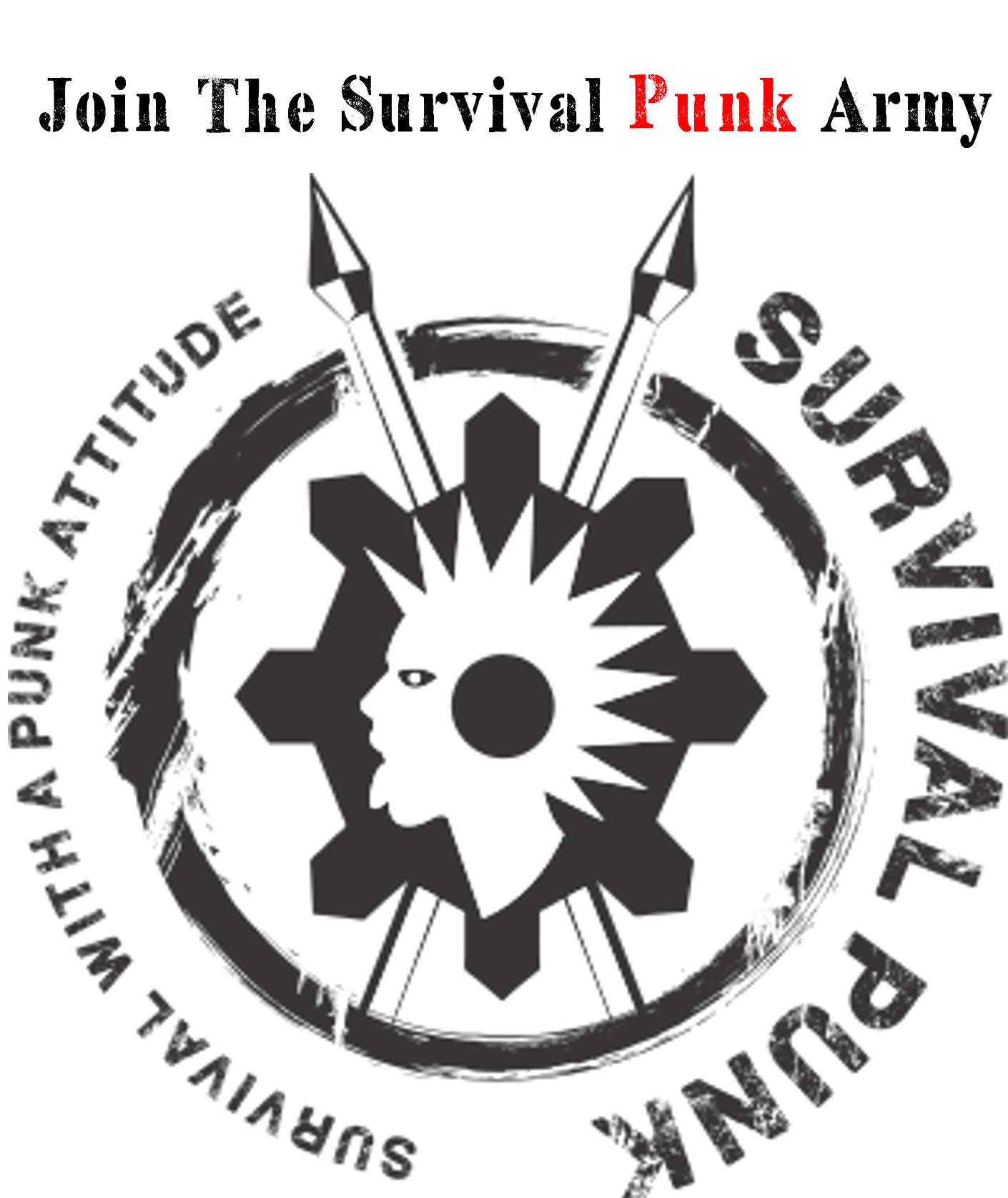
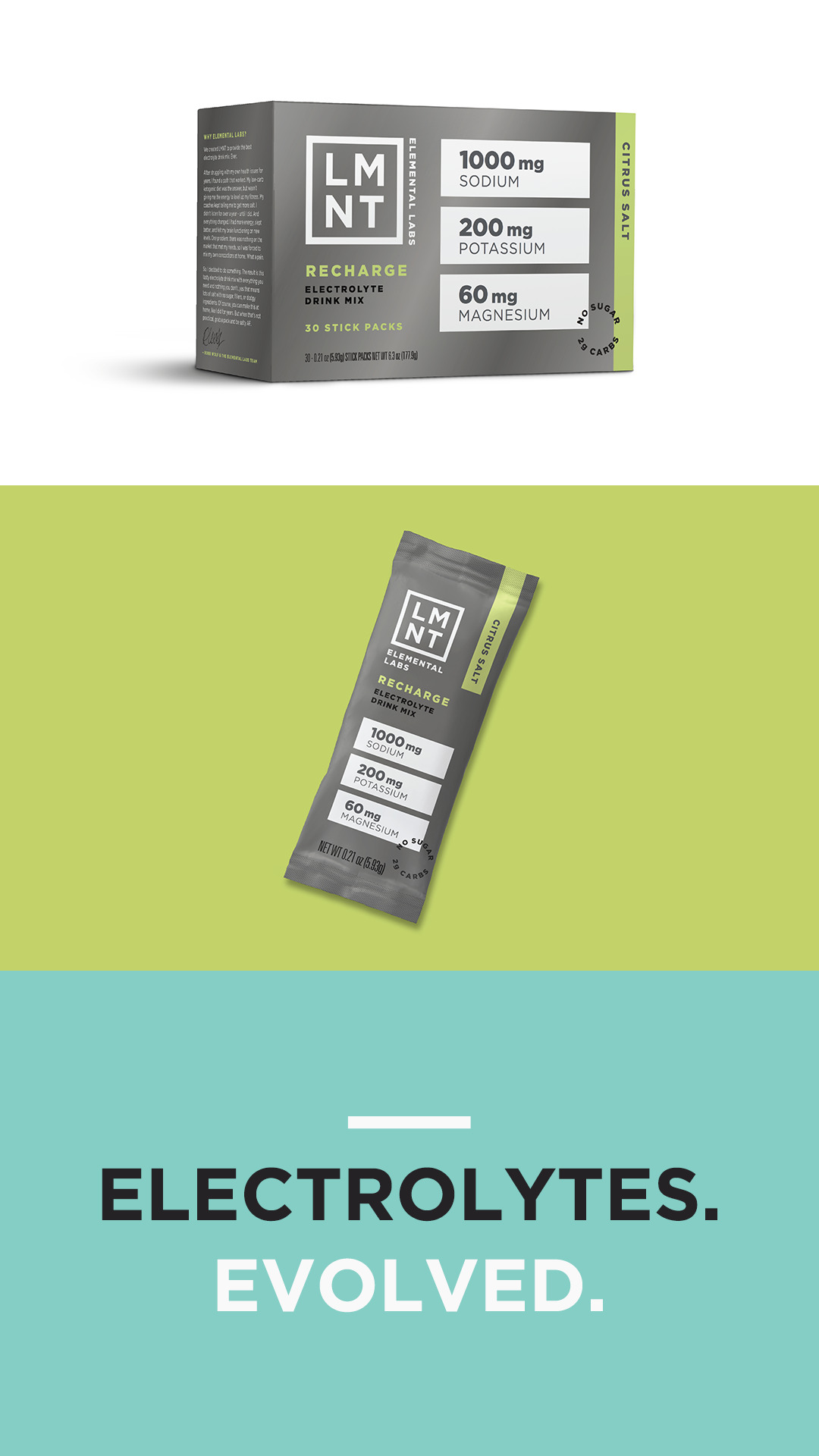
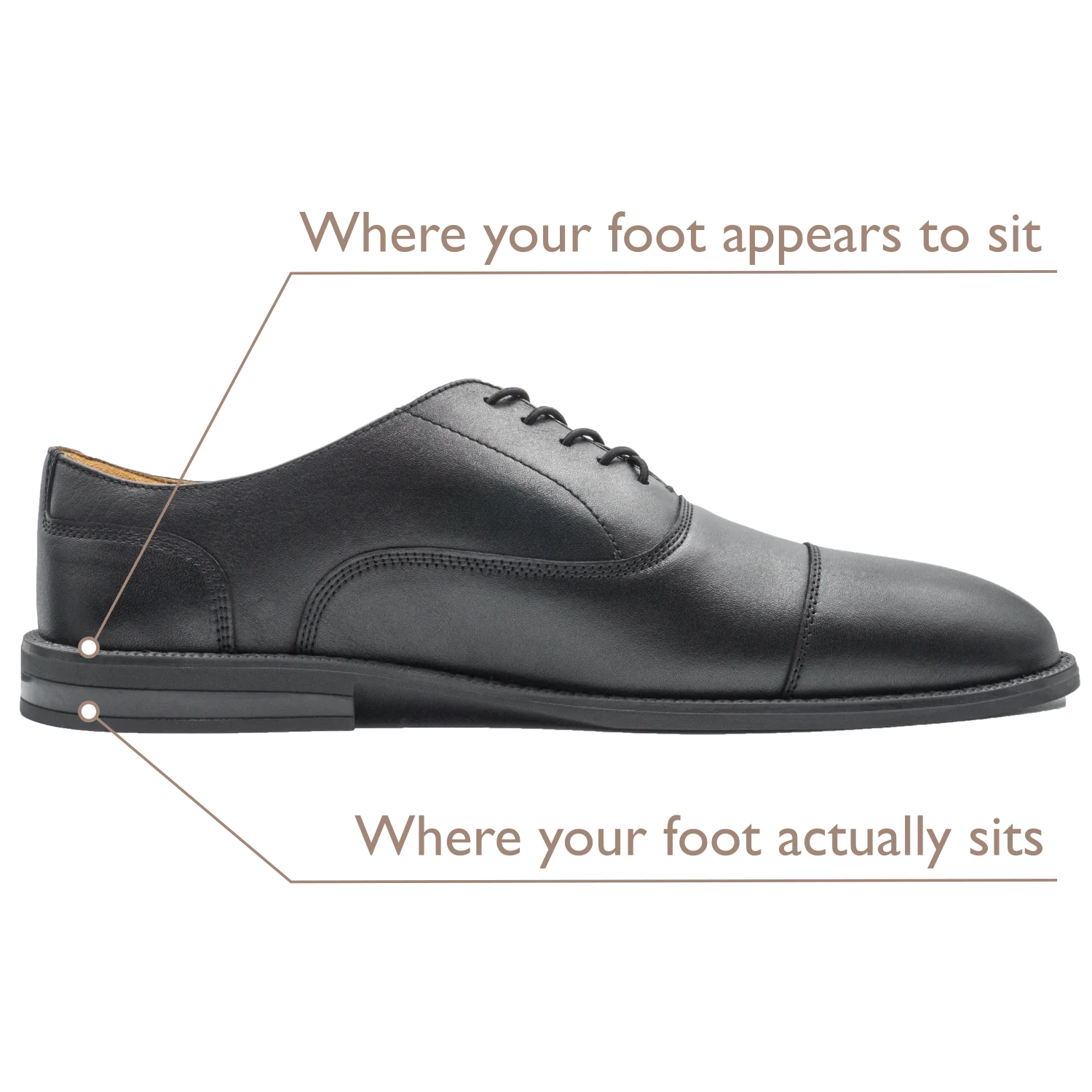
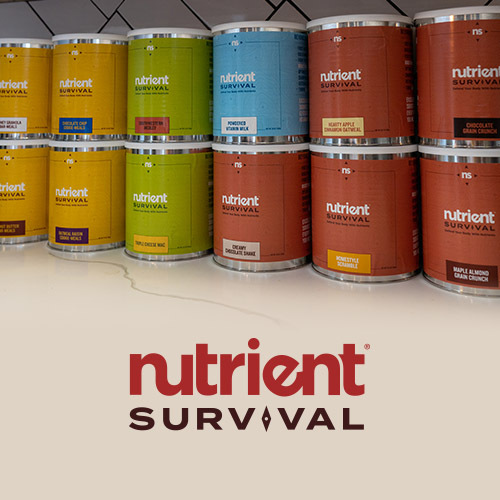



Follow Us!